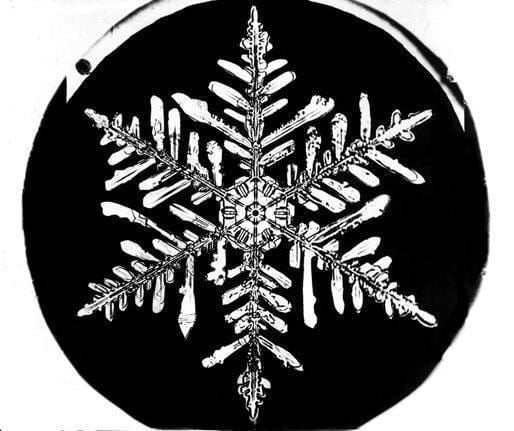 | ||
In geometry, orbifold notation (or orbifold signature) is a system, invented by William Thurston and popularized by the mathematician John Conway, for representing types of symmetry groups in two-dimensional spaces of constant curvature. The advantage of the notation is that it describes these groups in a way which indicates many of the groups' properties: in particular, it describes the orbifold obtained by taking the quotient of Euclidean space by the group under consideration.
Contents
- Definition of the notation
- Good orbifolds
- Chirality and achirality
- The Euler characteristic and the order
- Equal groups
- Two dimensional groups
- Frieze groups
- Hyperbolic plane
- References
Groups representable in this notation include the point groups on the sphere (
Definition of the notation
The following types of Euclidean transformation can occur in a group described by orbifold notation:
All translations which occur are assumed to form a discrete subgroup of the group symmetries being described.
Each group is denoted in orbifold notation by a finite string made up from the following symbols:
A string written in boldface represents a group of symmetries of Euclidean 3-space. A string not written in boldface represents a group of symmetries of the Euclidean plane, which is assumed to contain two independent translations.
Each symbol corresponds to a distinct transformation:
Good orbifolds
An orbifold symbol is called good if it is not one of the following: p, pq, *p, *pq, for p,q>=2, and p≠q.
Chirality and achirality
An object is chiral if its symmetry group contains no reflections; otherwise it is called achiral. The corresponding orbifold is orientable in the chiral case and non-orientable otherwise.
The Euler characteristic and the order
The Euler characteristic of an orbifold can be read from its Conway symbol, as follows. Each feature has a value:
Subtracting the sum of these values from 2 gives the Euler characteristic.
If the sum of the feature values is 2, the order is infinite, i.e., the notation represents a wallpaper group or a frieze group. Indeed, Conway's "Magic Theorem" indicates that the 17 wallpaper groups are exactly those with the sum of the feature values equal to 2. Otherwise, the order is 2 divided by the Euler characteristic.
Equal groups
The following groups are isomorphic:
This is because 1-fold rotation is the "empty" rotation.
Two-dimensional groups
The symmetry of a 2D object without translational symmetry can be described by the 3D symmetry type by adding a third dimension to the object which does not add or spoil symmetry. For example, for a 2D image we can consider a piece of carton with that image displayed on one side; the shape of the carton should be such that it does not spoil the symmetry, or it can be imagined to be infinite. Thus we have n• and *n•. The bullet (•) is added on one- and two-dimensional groups to imply the existence of a fixed point. (In three dimensions these groups exist in an n-fold digonal orbifold and are represented as nn and *nn.)
Similarly, a 1D image can be drawn horizontally on a piece of carton, with a provision to avoid additional symmetry with respect to the line of the image, e.g. by drawing a horizontal bar under the image. Thus the discrete symmetry groups in one dimension are *•, *1•, ∞• and *∞•.
Another way of constructing a 3D object from a 1D or 2D object for describing the symmetry is taking the Cartesian product of the object and an asymmetric 2D or 1D object, respectively.
Frieze groups
*Schönflies's point group notation is extended here as infinite cases of the equivalent dihedral points symmetries§The diagram shows one fundamental domain in yellow, with reflection lines in blue, glide reflection lines in dashed green, translation normals in red, and 2-fold gyration points as small green squares.Hyperbolic plane
A first few hyperbolic groups, ordered by their Euler characteristic are:
